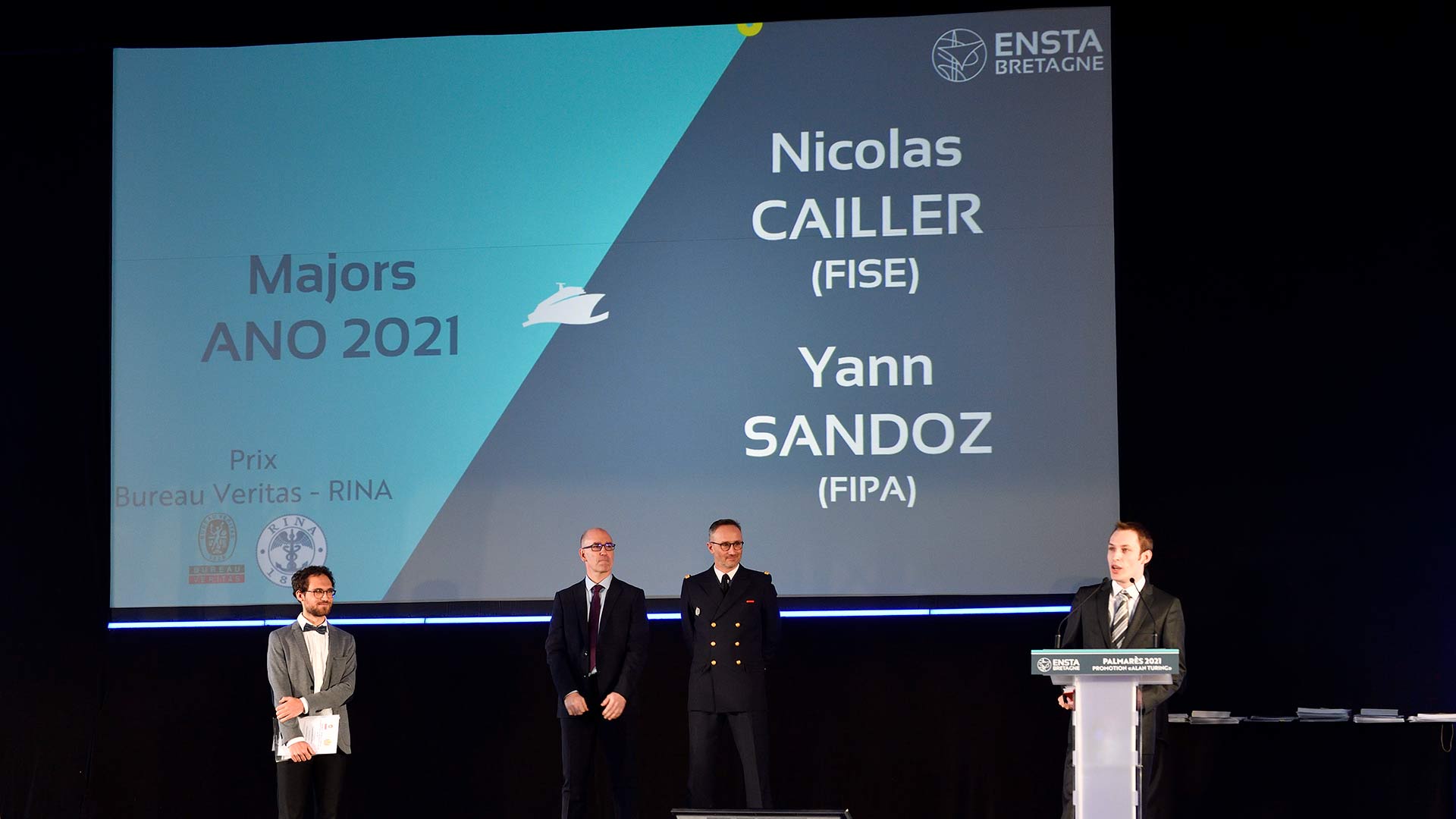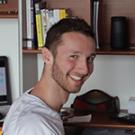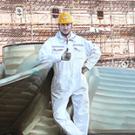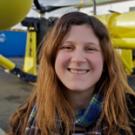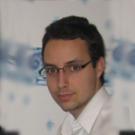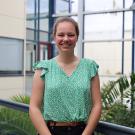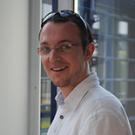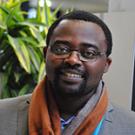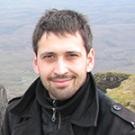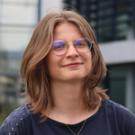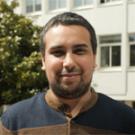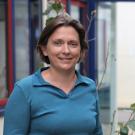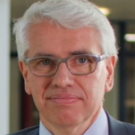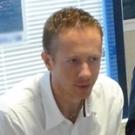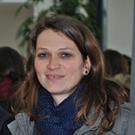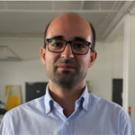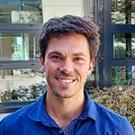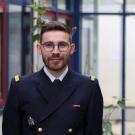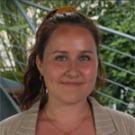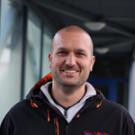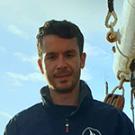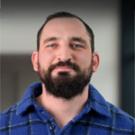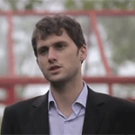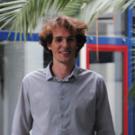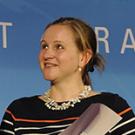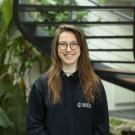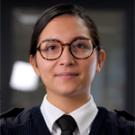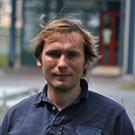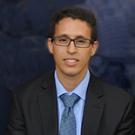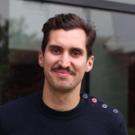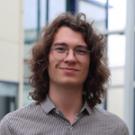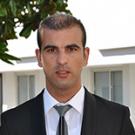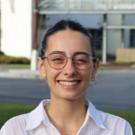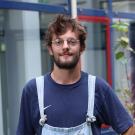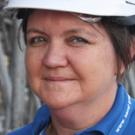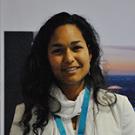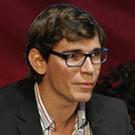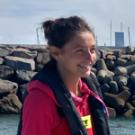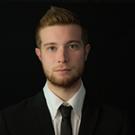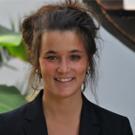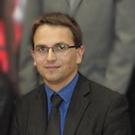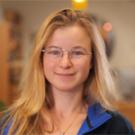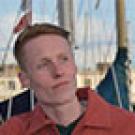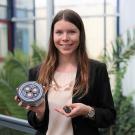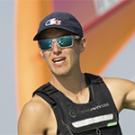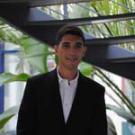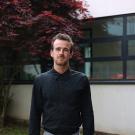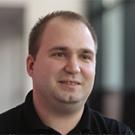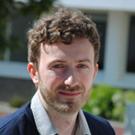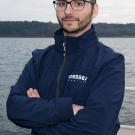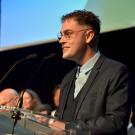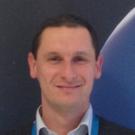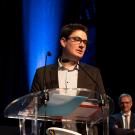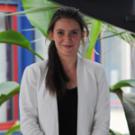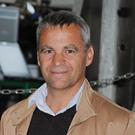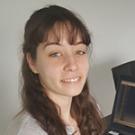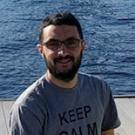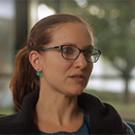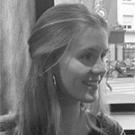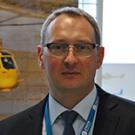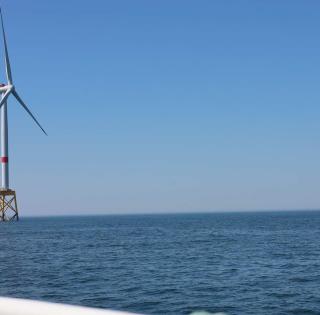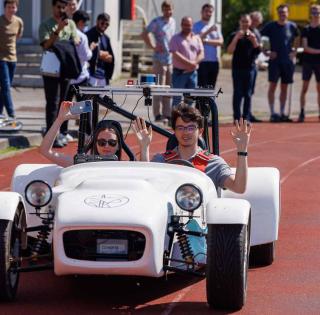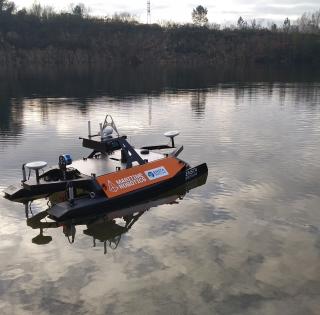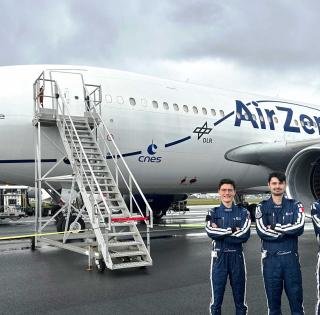
Interview conducted on May 12, 2022, with Nicolas Cailler, at the ATMA 2022 prizegiving ceremony
icolas Cailler is a young engineer – naval architect – hydrodynamicist who graduated from ENSTA Bretagne in 2021 with a major in “naval and offshore architecture”. The world of R&D strongly appeals to his inquisitive and enthusiastic nature, and he is currently doing a PhD at Sorbonne University.
What path have you followed in higher education?
" After completing two-year preparatory classes in Math & Physics, I enrolled in ENSTA Bretagne for its unique naval & offshore architecture course as well as its extensive choice of national and international partnerships. I thus had the opportunity of spending a gap year at Politecnico di Milano studying Building and Architectural Engineering. During the final year of my course, I decided to major in Advanced Naval Hydrodynamics, not least for the possibility of a Research Master jointly accredited with UBO, with a view to going on to do a PhD."
Where did you complete your end-of-study project (PFE)?
" I completed my end-of-study project in SAIPEM’s NAVAL Department. SAIPEM is a global leader in the "Oil & Gas" sector, headquartered in Italy, with an engineering site in Montigny-le-Bretonneux (Parisian Region) in France. Headed by Mr Mouysset, the NAVAL Department has a 15-strong team of naval engineers working particularly on analytical problems of lifting, anchoring, installation & transport or concerning structural fatigue in the offshore sector. These are national and international projects which bear on different types of floating platforms and vessels specific to the maritime “oil & gas” industry*.
By studying these highly specific platforms and vessels, I have been able to put my knowledge to the test and further develop my skills in naval architecture – which can then be applied to all types of vessels."
Tell us about the subject of your ATMA 2022 prize-winning study?
"There are merits to the prediction and reduction of rolling aboard floating platforms and vessels specific to this sector for oil services companies, since the magnitude of rolling determines not only the comfort of the crew on-board, but also the performance and size of equipment sensitive to the ship’s movements.
Among the different technologies available for reducing rolling motion, stabilization of these vessels by antiroll tanks provides an appealing alternative. This is because of its low maintenance cost, efficiency at reduced or zero speed and lack of impact on resistance to forward motion.
My study primarily had a theoretical and digital focus. For example, I was able to run seaworthiness calculations using the Bureau Veritas HydroSTAR software, which I swiftly got the hang of as it’s very similar to other business software we are taught how to use at ENSTA Bretagne."
Were you already set on studying naval architecture and hydrodynamics when you started at ENSTA Bretagne?
"I’ve been fascinated in architecture and construction in the broad sense for years, because of the sheer size of the projects and sense of collective endeavor involved. On enrolling at ENSTA Bretagne, I therefore knew what I wanted to major in.
My decision to study hydrodynamics came much more gradually, however. It was during my research internship at EDF R&D in 2019 that I glimpsed the breadth and depth of physics applications available in the hydrodynamics sector. And this initial impression was swiftly confirmed during the final year of my studies at ENSTA Bretagne, especially during the memorable tour of the “Hydrodynamic Techniques” site of the French Government defense procurement and technology agency (DGA) in Val-de-Reuil. This is a center of reference boasting a world-class test tank. As well as, of course, while I was doing my end-of-study project at SAIPEM afterwards."
After graduating as an engineer in September 2021, you have gone on to do a PhD. Why this choice?
"I made this choice on the basis of all the hugely rewarding experiences and informed chats with my professors. First, I’m keen to deepen my scientific knowledge during a three-year project in an environment that is intellectually very stimulating. Second, my intention is to go on to work in the R&D departments of major industrial corporations, where doctors of engineering are now in high demand.
The EngD program is one of the many choices available to students at ENSTA Bretagne, which sets us in good stead for this doctorate because, owing to ENSTA Bretagne’s vast research center and varied experimental facilities right on campus, not to mention its community of PhD students (more than a hundred), we are able to study for double Master’s degrees geared towards research."
What is the subject of your PhD, and where are you doing it?
"I am doing my PhD at the Institut Jean Le Rond ∂’Alembert, jointly supervised by Arnaud Antkowiak and Régis Wunenburger, both Professors at Sorbonne University. I am doing it on the subject of violent hydrodynamic phenomena. These can be generated by the action of marine propellers (cavitation), during inertial confinement fusion or when aerosols form at the ocean surface.
I am looking, for example, at the break-up of liquid jets or bursting of bubbles, which evolve by forming finite-time singularities, i.e. present regions where fluid velocity diverges over very short time intervals. This type of finite-time singularity is also found in other areas of physics such as nonlinear optics, or gravitation in astrophysics, but hydrodynamic examples allow for a detailed study thereof in lab conditions. In practice, close to these singularities, other physical phenomena tend to limit these divergences, such as viscosity.
This modeling thesis is seeking to shed light on these smoothing effects and to identify their role in the final development of violent hydrodynamic phenomena. On the one hand, the disappearance of a bubble within a liquid will be theoretically described using self-similar variables, according to which the bubble – instead of evolving violently – is immobile or evolves slowly, with a view to studying its stability as regards diverse disruptions. On the other, the disappearance of a bubble bursting the surface of a liquid will be studied digitally by reformulating its description using self-similar variables in a bid to describe the singular evolution of the bubble and its jet evolution. This implementation will use the Open Source Basilisk software developed at the lab, which particularly enables very fine details to be captured thanks to an adaptive refinement strategy."
* In the profession, these floating naval structures and vessels are referred to using the acronyms VLCC, FPSO or FLNG: VLCC for Very Large Crude Carrier, FPSO for Floating Production Storage and Offloading and FLNG for Floating Liquefied Natural Gas.






